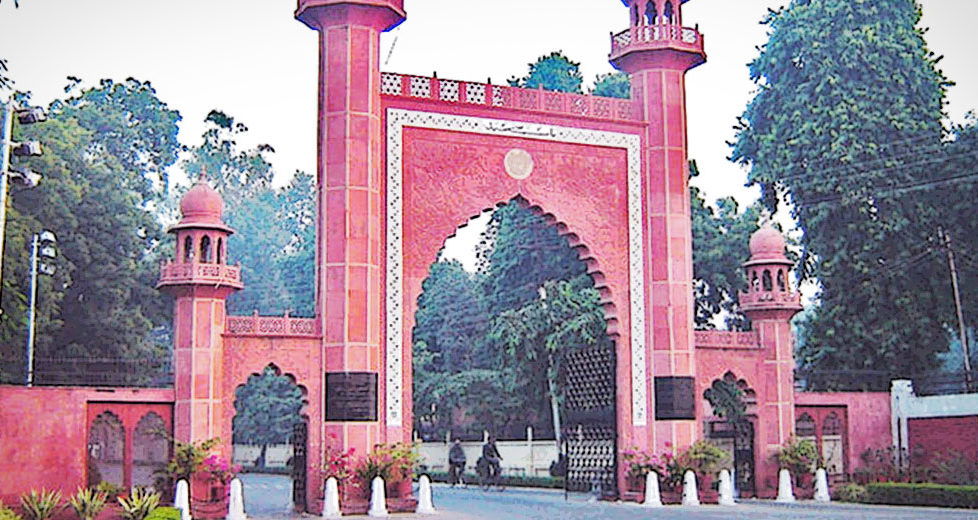AMU Centenary – Will anything change?


Aligarh Muslim University recently celebrated its centenary celebrations and PM Modi had addressed and made an interesting speech there, hoping to galvanize the youth in the university to try and think of national causes (instead of only Muslim ummah). Even as an eternal optimist, I do not think much will change as long as it stays a Muslim minority institution. AMU has and will continue to function only as a voice for the Muslims.
There was a section of AMU students who did not want PM Modi to address saying they want someone ‘secular’, meaning someone who will keep bending their back to appease the Muslims. Famous distorian, Prof. Irfan Habib, the Professor Emeritus of the History department of AMU had told before the address: “Kya farak padtha hai Modi aaye ya na aaye, khaas kar Modi jaise koi” (loosely translated to, ‘How does it matter if PM Modi comes or not, especially when it is someone like Modi’). Modern-day Jinnah aspirant, Asaddudin Owaisi, had asked how does it matter if PM Modi addressed AMU, when cases booked on certain AMU students (under serious sedition charges) have not been withdrawn.
This university has a long history of voicing Islamic supremacist theory and mixing communalism with politics. The Islamic supremacist rationale comes right from the founder of the University Sir Syed Ahmad Khan. Let us see how:
Quick history of AMU:
Timeline: Post the first war of Indian Independence 1857
British view of the war: The sepoy mutiny of 1857
Hindu view: 1857, The first war of Indian Independence
Muslim view : Jihad to dislodge British and bring back the (bigoted) Mughal empire
AMU at the time of Indepence (1939-47):
AMU post Independence:
Even in recent times, nothing much has changed in regards to the character of AMU. Whether it is:
As we have seen, AMU was created specifically to wield Muslim political influence, which was instrumental in the creation of a Muslim Pakistan. The original Aligarh scheme of 1939 envisaged the division of British India into multiple Muslim parts. This dream of AMU is still unfulfilled and most certainly a work in progress. AMU is fighting tooth and nail to keep itself a Muslim minority institution so that the University is not breached by non-Muslims and their agenda of communal Muslim Politics gets diluted. Remember it is one of the 4 universities in India that is in news almost always for the wrong reasons. JNU and Jadhavpur university are rabid communist bastions, while Jamia Milia and AMU are Islamist Supremacist institutions. And they all work well in tandem as the Communist-Islamist anti-national bloc. With such background, it will be indeed interesting to see if the AMU centenary speech of PM Modi will have any positive effect on the students and teachers.
References:
DISCLAIMER: The author is solely responsible for the views expressed in this article. The author carries the responsibility for citing and/or licensing of images utilized within the text.
